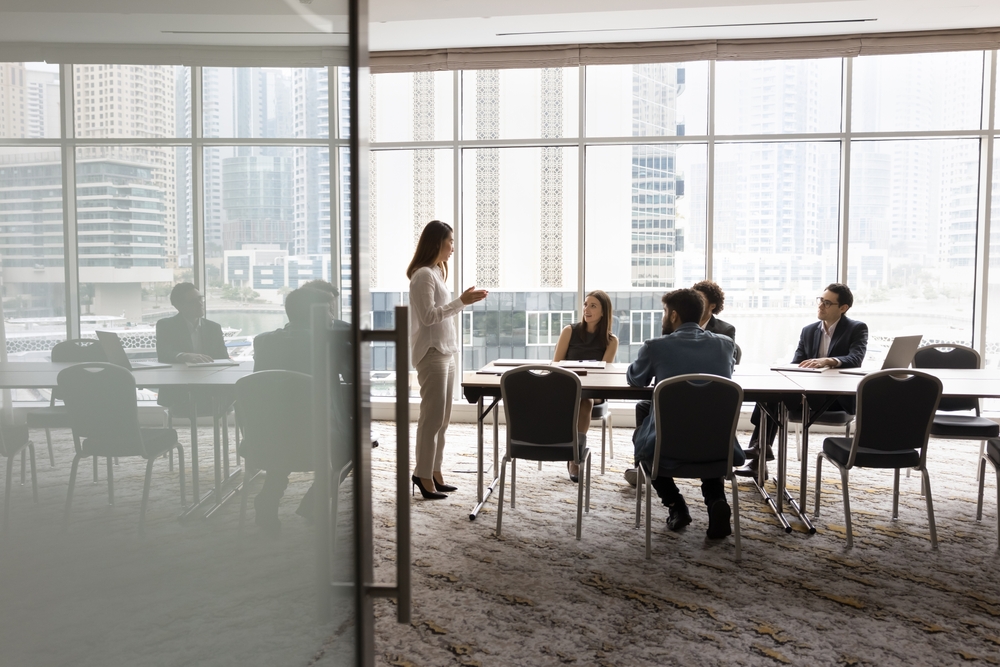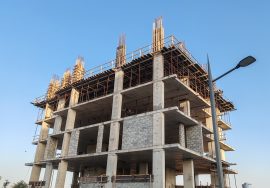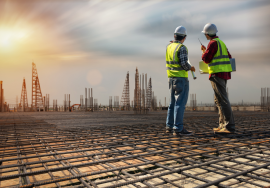
Green Construction Resources: Building a Sustainable and Energy-Efficient Future
Green Construction Resources: Building a Sustainable and Energy-Efficient Future
As the global construction industry moves toward sustainability, green construction resources are becoming essential for building eco-friendly, cost-effective, and energy-efficient structures. These resources reduce environmental impact, conserve natural materials, and improve the overall performance of buildings. From renewable materials to smart technologies, green construction is revolutionizing how we build for a sustainable future.
What Are Green Construction Resources?
Green construction resources refer to eco-friendly materials, tools, and technologies used to design, build, and maintain sustainable structures. These resources focus on minimizing waste, reducing carbon emissions, conserving water, and using renewable energy.
Examples include solar panels, recycled materials, energy-efficient systems, and environmentally certified products. The use of green construction resources aligns with global sustainability goals, promoting healthier buildings and cleaner environments.
Importance of Green Construction Resources
The construction sector is one of the largest contributors to global greenhouse gas emissions. By adopting green construction resources, developers can significantly reduce environmental damage while promoting responsible development.
Here’s why these resources matter:
1. Environmental Protection
Using green construction resources helps lower pollution, minimize deforestation, and reduce energy consumption. Materials like bamboo, recycled steel, and rammed earth contribute to eco-friendly building practices.
2. Energy Efficiency
Energy-efficient systems such as LED lighting, solar panels, and high-performance insulation play a major role in green construction. They reduce energy demand and operational costs.
3. Resource Conservation
Water-efficient plumbing, rainwater harvesting, and recycled materials ensure that natural resources are used responsibly and efficiently.
4. Healthier Living Environments
Green materials emit fewer toxins and improve indoor air quality, creating safer, healthier spaces for occupants.
5. Economic Benefits
Though initial costs may be higher, green construction resources offer long-term savings through reduced energy bills, minimal maintenance, and higher property value.
Examples of Green Construction Resources
Here are some of the most effective green construction resources used in modern sustainable building projects:
1. Bamboo and Reclaimed Wood
Bamboo grows rapidly and can replace timber, making it a renewable and versatile material. Reclaimed wood reduces deforestation and adds character to interiors.
2. Recycled Steel and Concrete
Using recycled steel and crushed concrete minimizes industrial waste and saves energy otherwise used in manufacturing new materials.
3. Solar Panels and Wind Turbines
Renewable energy systems are among the most impactful green construction . Solar and wind energy reduce dependence on fossil fuels and support sustainable power generation.

4. Low-VOC Paints and Finishes
Low-volatile organic compound (VOC) paints and coatings are non-toxic, improving indoor air quality and health conditions for residents.
5. Green Insulation Materials
Eco-friendly insulation made from recycled denim, wool, or cellulose ensures energy efficiency while being biodegradable and safe.
6. Water Recycling Systems
Greywater reuse and rainwater harvesting technologies are vital green construction that promote water conservation and sustainable building design.
Green Construction in India
India is embracing sustainability at a rapid pace with policies, certifications, and innovative construction technologies. Programs like the Green Rating for Integrated Habitat Assessment (GRIHA) and LEED India encourage builders to use green construction and adopt eco-friendly design principles.
Organizations such as The Energy and Resources Institute (TERI) play a vital role in promoting green building awareness, research, and training. Many Indian companies are integrating renewable energy, recycled materials, and smart technologies to achieve sustainable development goals.
Challenges in Using Green Construction Resources
Despite their benefits, green construction face several challenges:
-
High Initial Costs: Green materials and technologies can be expensive to install.
-
Limited Availability: Eco-friendly resources are not always easily accessible in all regions.
-
Lack of Awareness: Builders and consumers often lack knowledge about sustainable alternatives.
-
Skilled Labor Shortage: Green construction requires specialized training and technical expertise.
However, as awareness grows and technology advances, these challenges are being overcome through innovation, government incentives, and sustainable design education.
Conclusion
The future of construction is green. By using green construction , we can create buildings that are environmentally responsible, energy-efficient, and economically viable. Sustainable materials and renewable technologies not only protect the planet but also enhance human well-being.
If you’re planning a project and want to integrate green technologies or sustainable materials, contact AMS India — experts in sustainable and energy-efficient construction solutions.
Read more related articles to enhance your knowledge and make informed decisions
Cost-Effective Modular Construction: Fast, and Sustainable Building Solutions
Smart Modular Buildings: Innovative, Efficient, and Sustainable Construction








